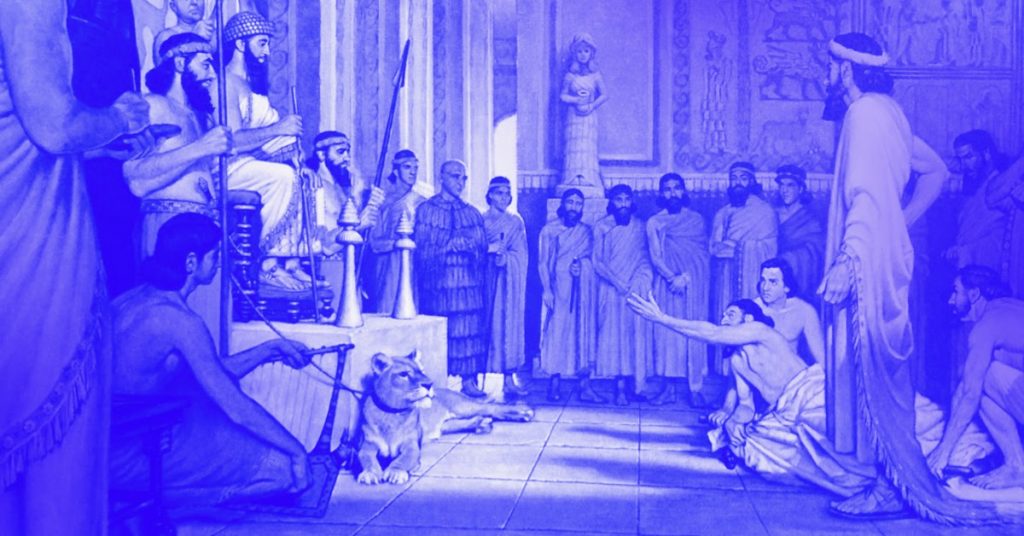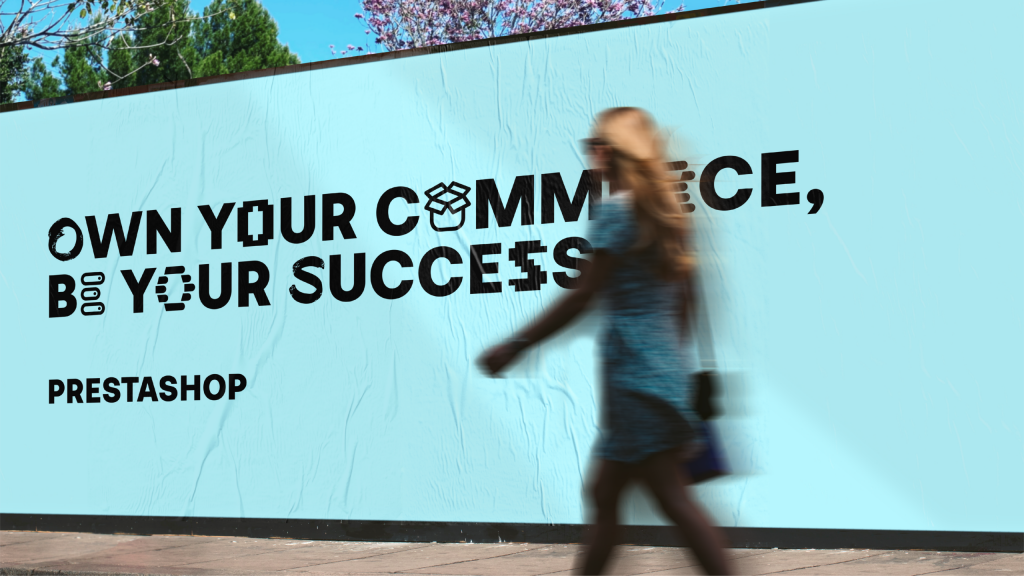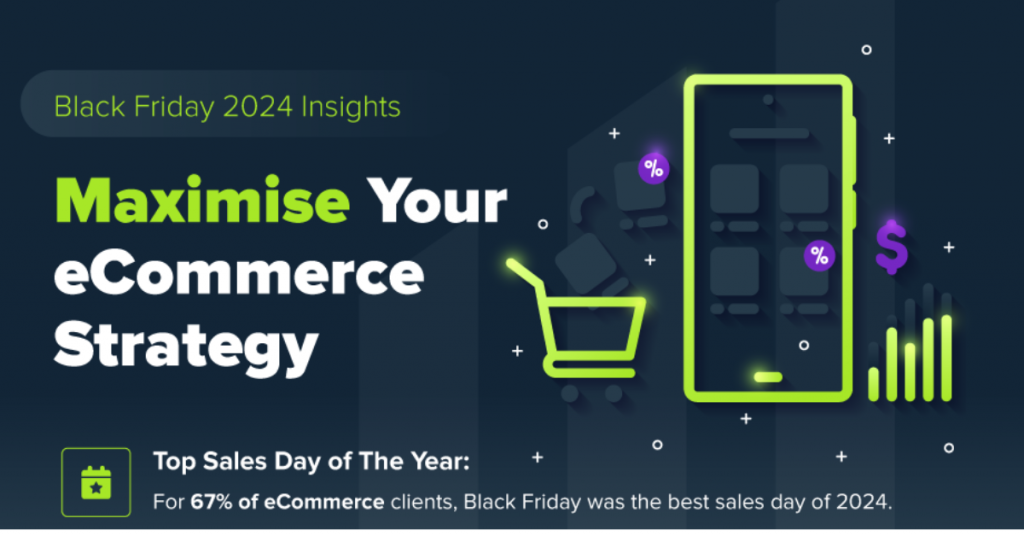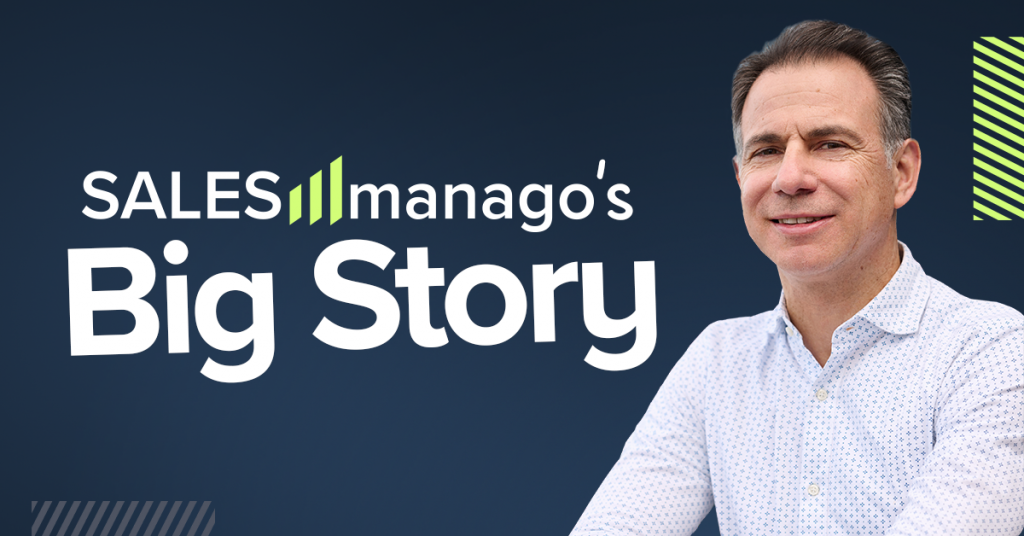
The fact is, marketing is based on human behaviors. Psychological principles used in business are probably countless. Reciprocity norm is one of them. It is based on mechanisms of mutuality and wanting to return the favor. Coupons or free gifts in your shopping cart are not just a polite gesture of the company. It’s the promotion campaign, which we are usually not aware of. Is the urge to return the favor greater than common sense?
An eye for an eye
Internet marketing is a complex mechanism, based not only on promotion strategies but also on an extensive number of psychological aspects that help reach consumers. Reciprocity norm is a concept from social psychology, saying that action directed to us by someone, will have its consequences in reciprocating the same behavior to that person. The oldest and widely known example of that norm is an eye for an eye rule from Hammurabi’s code, saying that if one will harm a man’s eye, his eye also should be harmed. It may sound a little drastic, but do not worry, marketers have adapted it into more modern solutions and nobody has to lose eyes.
The reciprocity rule in marketing
The concept of reciprocity as a behavioral pattern is known probably since the dawn of humanity. We can act on it daily, even without realizing it. Do you know “scratch my back, and I’ll scratch yours”? That’s exactly what the concept stands for, and because it is so natural to use for us as humans, it is also easy to implement in different fields including marketing.
Just like in Hammurabi’s code, the norm is being implemented into marketing strategies, using reciprocity in a bit different context than losing a body part. Consider a scenario in which you want to buy a piece of garment from an online store and see a pop-up saying: “Sign for subscription and get 10% off”. What would you do? Reciprocity mechanisms at that moment are unconsciously trying to make a personal connection between you and the shop. By offering you a discount essentially for free, you should feel an urge to give something in return, meaning – to buy from the shop.
Giftology
Bearing in mind the reciprocity norm, there are few principles one could implement to the marketing, the most obvious one is to be the first to offer. When we are offered free gifts, something tells us to pay back. This powerful influence on our behavior, makes us feel obliged to act in favor of the donor. A great example could be a promotional campaign like “buy 1, get 1 for free”. Getting one item for free may seem like a favor, therefore we are more willing to buy the promoted product, just to return that favor. John Ruhlin, a man whose entire business was built by the rule of reciprocity, called it a “giftology”. He managed to create his lifelong success by gifting someone $7000, which resulted in getting millions in return.
Reciprocity examples
Let’s stop for a moment, and appreciate how different businesses take advantage of reciprocity to engage and maintain a relationship with the client.
Spotify provides a 30-day free trial for their Premium membership, which can be canceled at any time at no cost. By giving the possibility of using a better, adless version for free, users feel appreciated with this opportunity and they will more likely continue the subscription, especially for only 8$ a month.
SEO RANK SERP is a digital marketing SEO agency, which you can of course hire. To give you a better overlook of what you are doing, they are giving you tons of helpful resources for free without any subscription. This way by getting good content without any costs or efforts, by the reciprocity rule you should feel grateful, and maybe even hire the company.
Have you heard of Dropbox’s referral campaign – this is honestly one of the best-thought campaigns working on reciprocity norm. You just have to refer the Dropbox to someone and both, you and the referee will get an additional 500MB to use.
Their 100-day return policy is a great strategy that helps in increasing credibility in the eyes of customers. No bells or secret agenda, you can just return your product within 100 days from its arrival. This for sure increases trust in the company and encourages them to buy from there.
As you can see, the reciprocity rule is used to make your clients behave in a particular way that can benefit your business. To use this leverage well, you should inspire trust and nurture a long-lasting relationship. Letting clients get to know you, and then get used to your product will ensure willingness to keep this relationship going.
All that glitters is not gold
We may be wondering, what happened to the good, old “give and expect nothing in return”? Is there even a place for it in marketing? Given that reciprocity is not always an even exchange, customers must be aware of what they are committing to. Just like John Ruhlin’s example above states, he managed to get so much for a relatively small favor. That indicates how people acting on reciprocity norms are willing to give even more than they received.
Should every gift be suspicious?
Of course not! Knowing about the reciprocity rule applied to marketing means only that now you can recognize and use it the best way you can. Also, marketers should know that it is a powerful tool and must be used with great responsibility, certainly shouldn’t be abused. Building mutual relationships with customers requires time and should be conducted without pushing too hard on the client. If implemented the right way, the reciprocity principle affects not only higher sales but also a long-term relationship between your company and the customer.
 Follow
Follow
















